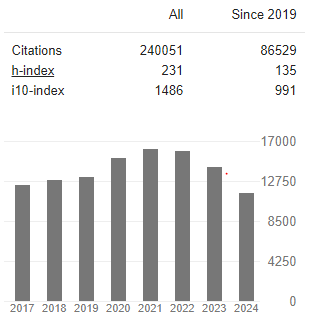Lung Cancer Incidence Patterns in Four Countries of the Middle East Cancer Consortium (Cyprus, Jordan, Israel, Izmir (Turkey)) with Comparison to the United States Surveillance, Epidemiology and End Results (SEER) Program
Abstract
Haris Charalambous, Pavlos Pavlou, Jenny Chang, Freddie Bray, Ariana Znaor, Lisa Stevens, Sultan Eser, Barbara Silverman, Omar Nimri, Anna Demetriou, Kevin Ward, Argyrios Ziogas and Hoda Anton-Culver
Lung Cancer (LC) is the leading cause of cancer death worldwide. LC incidence data from four Cancer Registries of the Middle East Cancer Consortium (Cyprus, Israel, Izmir/Turkey and Jordan) are reported with the aim to examine the differences between these four countries and SEER. Cancer registry data on invasive lung cancer diagnoses for 2005-2010 were analyzed. Age-Standardized incidence Rates (ASR) and age distribution were calculated. The percentage of microscopically verified cases, the histological type and staging of the disease were also captured.
There is a greater than 4-fold difference in the total ASR for LC between Izmir/Turkey (51.6) and Jordan (11.6), whilst Cyprus (20.8), Israel Jewish (24.3) and Israel Arab (30.7) have intermediate ASRs. A much lower incidence was observed for women in the MECC countries compared to SEER (37.5), with Israeli Jews having the highest incidence (16.4). For men, both Turkey (98.0) and Israel Arab (54.3) have higher ASRs than SEER (52.5), whilst Jordan has the lowest (19.1). There is a larger proportion of adenocarcinoma in Cyprus and Israeli Jews, and of squamous cell cancer in Turkey. The proportion of patients with metastatic disease is between 52-60.8% for Cyprus, Israel, Izmir Turkey and SEER, but higher at 71.1% in Jordan. Despite the close geographic proximity there are significant differences in LC incidence rates, age distribution, histological types and staging in the four MECC countries that need to be taken into consideration in the design of cancer control and prevention activities in these countries.



